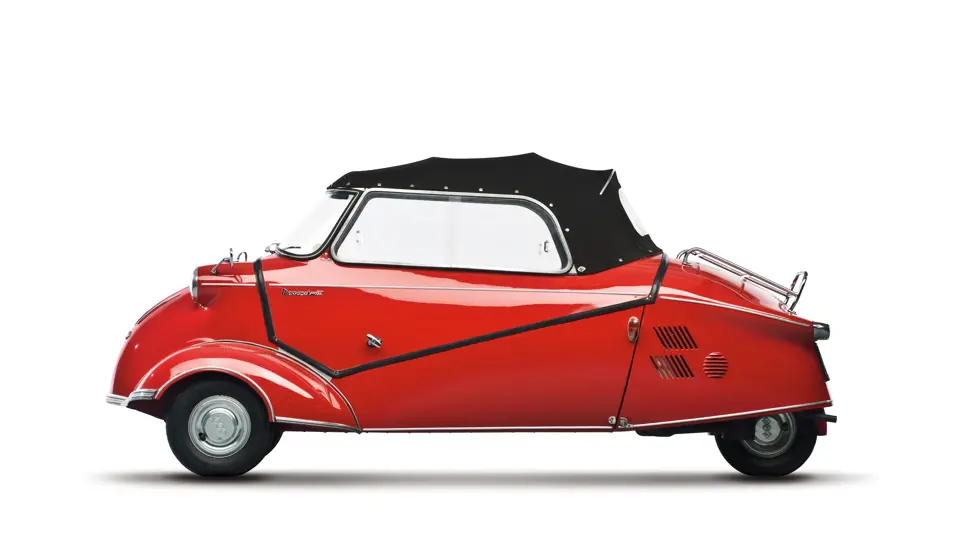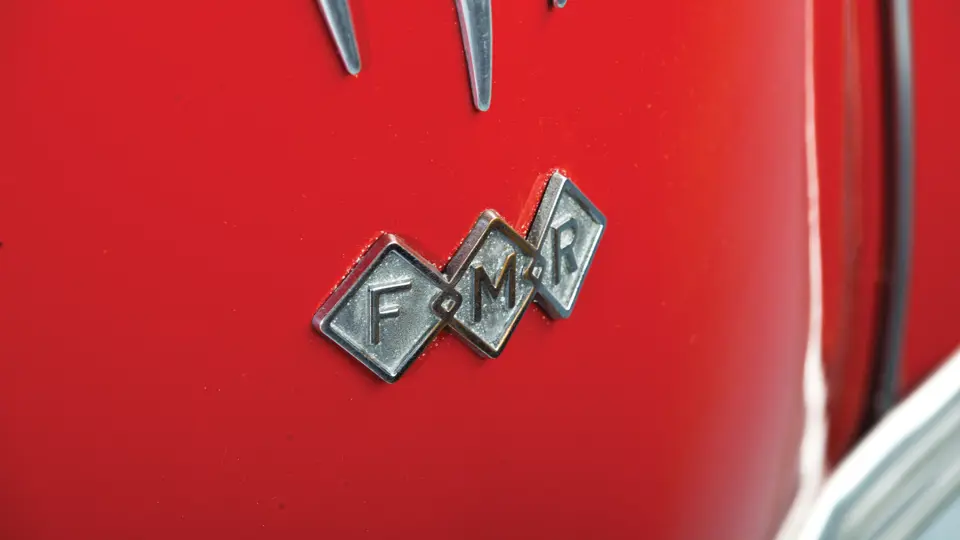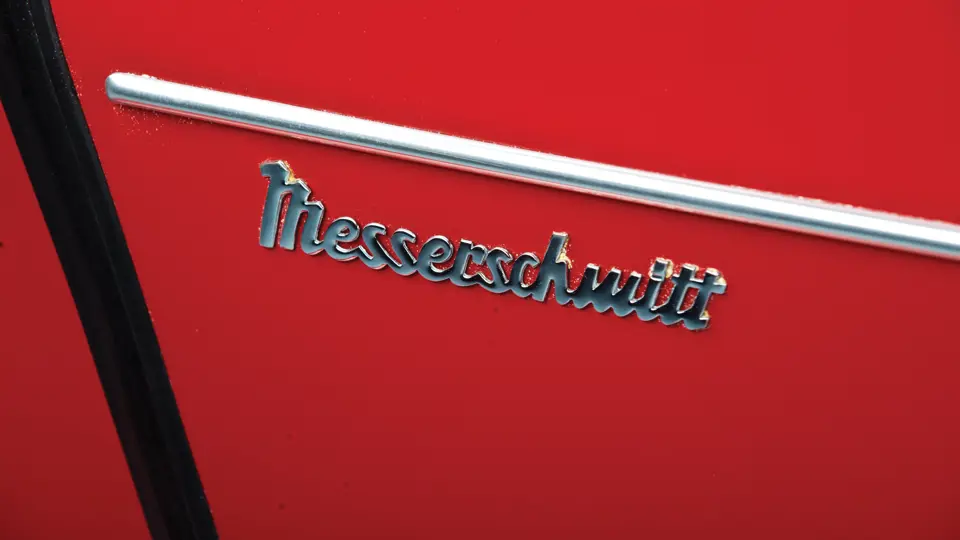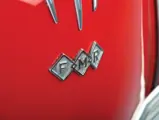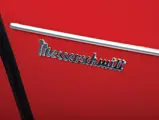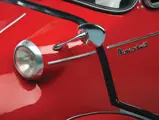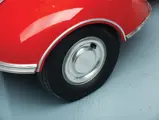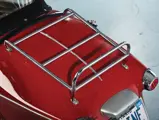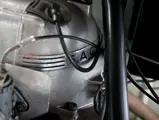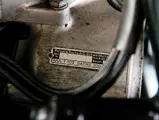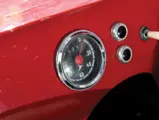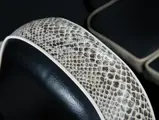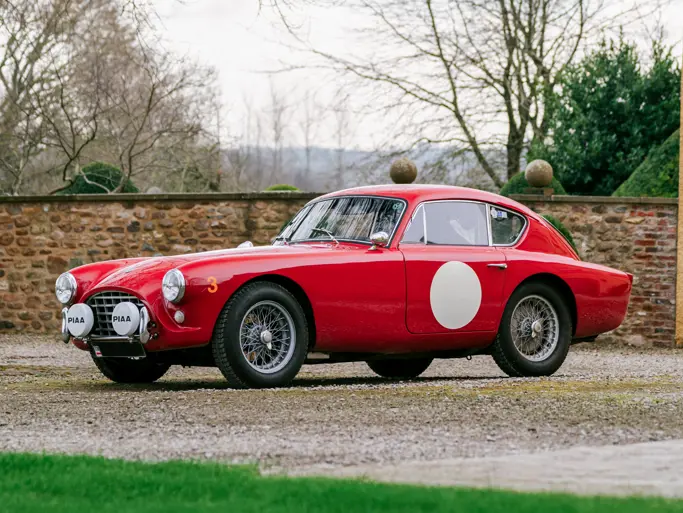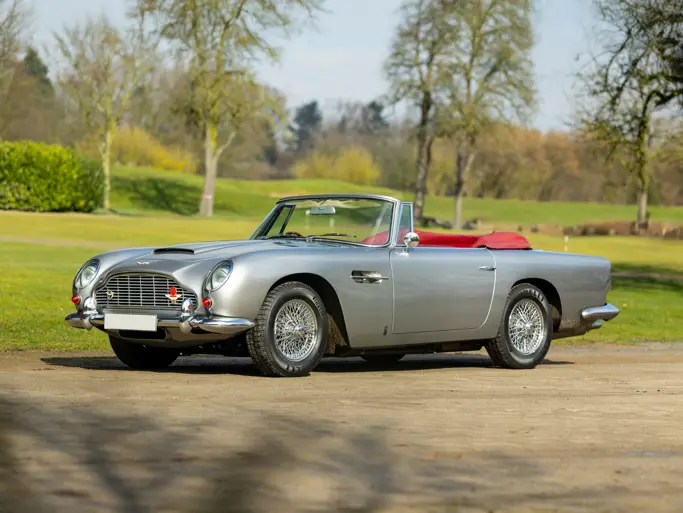The first car in the collection; professionally restored by microcar expert Peter Svilans.
SPECIFICATIONS
Manufacturer: Fahrzeug und Maschinenbau
Origin: Regensburg, Germany
Production: est. 30,000 (all types)
Motor: Fichtel & Sachs 1-cyl, 2-stroke
Displacement: 191 cc
Power: 9.5 hp
Length: 9 ft. 25 in.
Identification No. 74947
Towards the latter half of 1958, Fritz Fend and Valentin Knott had had a chance to explore a number of new vehicle projects within their fledgling company. The Kabinenroller was in need of a general overhaul to make it more cost effective and more attractive to a buying public that was enjoying a wider field of potential cars.
The Karo buyer could now choose from a completely new selection of bright, vibrant color schemes. Gone were the fifties two-tones, replaced by single tones in a wide range of colors, including a fashionable range of blue and silver metallic shades that reflected the new, popular interest in aircraft and space. The interior trim received an overdue revision. While previous models were individually painted inside the tub and nose in a color matching the trim, the new cars were now all black inside, regardless of the vinyl color. The complex, difficult-to-machine wooden trim pieces below the canopy were dropped. The fancy “sunburst” side panel was replaced by a plain one with an easier to make straight piping strip. The little-seen, deluxe plaid special trim of the old cars was replaced by the snakeskin-print vinyl left over from the KR 201.
One item that had been under scrutiny from the early days was a removable soft top as a cooler alternative to the Plexiglas bubble. The sleek KR 201 roadster top was a viable solution, but the scissor frame and special windshield were expensive to make, to say nothing of the ineffective, clear, flexible snap-on side curtains. Taking the idea a step further, a cabrio top was designed for the Messerschmitt, the technical term, cabriolet, meaning a soft top with fixed side window frames. The roof fabric snapped onto the window frames, kept tight by short, loose transverse bows, and was attached to a swiveling hoop at the rear. Interchangeable with the bubble, it worked very well, and the entire assembly was offered as a retrofit for earlier cars. The prototype cabrio still had the Augsburg Eagle on the nose, but this was touched out on publicity pictures, as all genuine factory cabrios sported the FMR diamonds.
This particular car has somewhat of a special place in the collection. Mr. Weiner’s original, eclectic car collection had just seen the addition of a strange vehicle called a Messerschmitt, bought sight-unseen out of the Midwest. He asked the owner of the shop looking after his sports cars if there was anyone who knew these cars. The owner replied, “Yes, and he lives just three miles from your factory!”
Noted microcar enthusiast, restorer, and expert Peter Svilans, who exposed Bruce early on to the microcar hobby and subsequently served as the museum’s curator, shared the following story about his experience with the car.
“Bruce, along with his long-time business partner, came by and opened the door to my 100-year old barn to see a shiny red, completely restored Messerschmitt. We met the following day, and while the car was not for sale, an agreement to restore his car was reached amidst a living room floor covered with sales brochures. Typically the visionary, Mr. Weiner was already thinking far ahead, seeing the potential for these many and varied bubble cars in terms of a full-blown museum.
This Canadian-market factory cabrio was pulled out of a farmer’s field. Years of painstaking restoration, including fabrication of the floors and bulkhead by a skilled panelbeater, returned the car to its correct appearance. It features a rare “Tiger” seat and faux-snakeskin accents. Overall, it was in my ownership for some 20 years, including a stint in the Yankee Candle Museum.
A significant car for the museum, it is, in a way, largely responsible in part for its creation.”

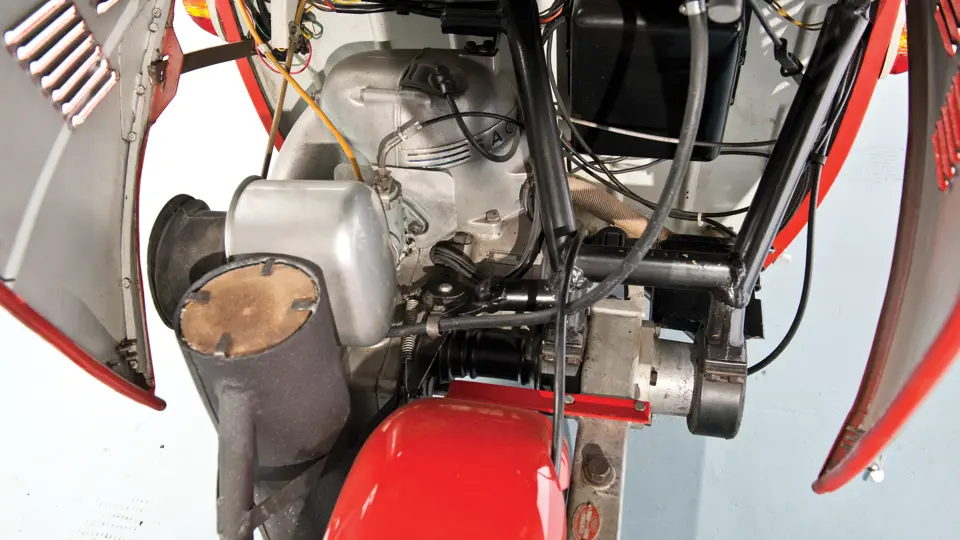


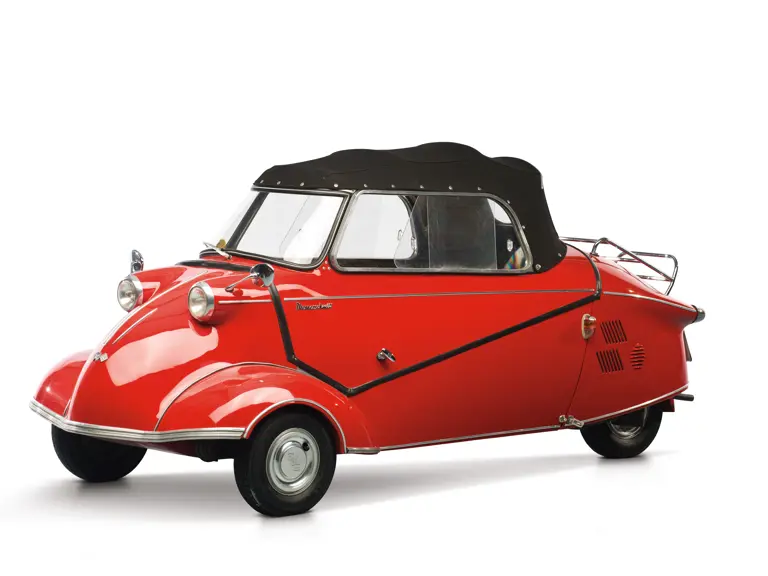
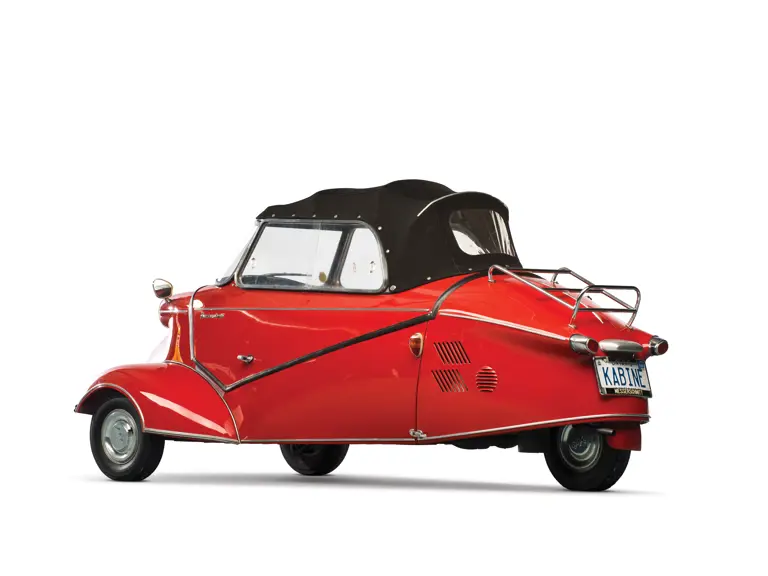
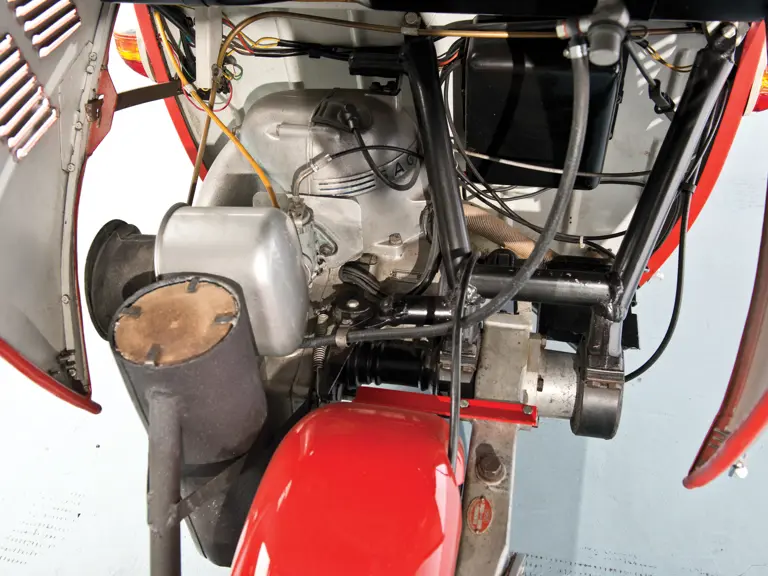

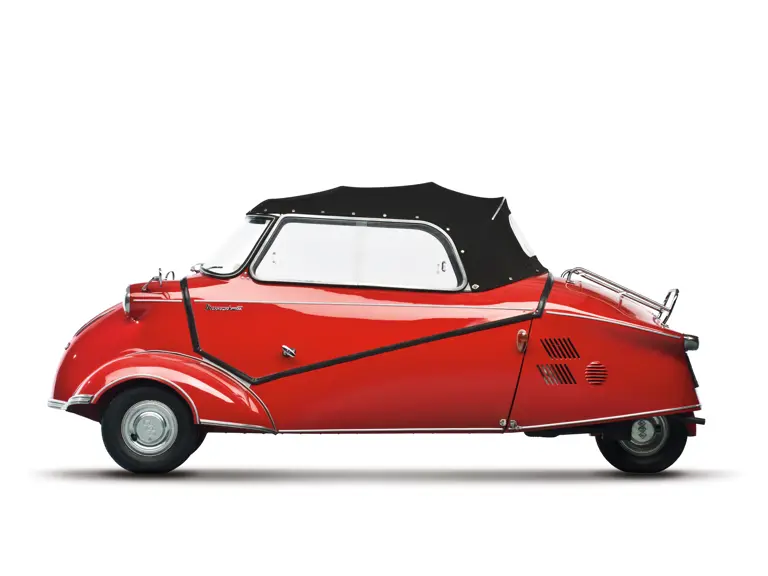
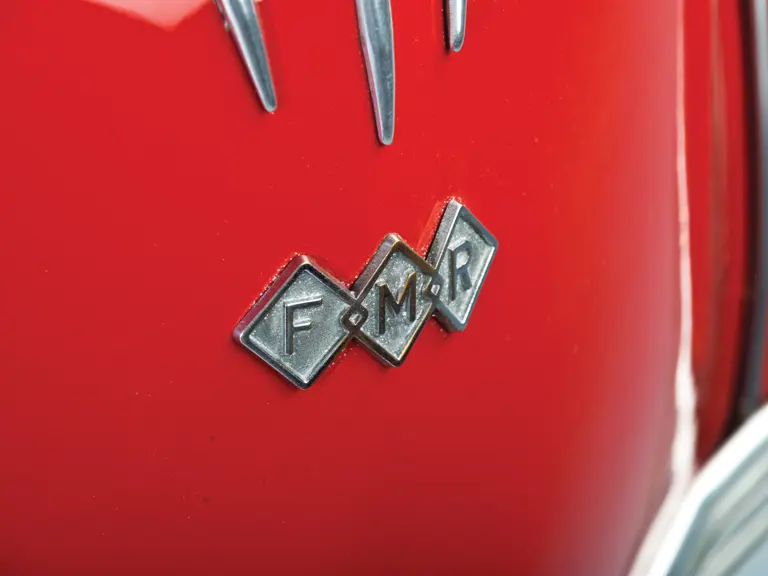
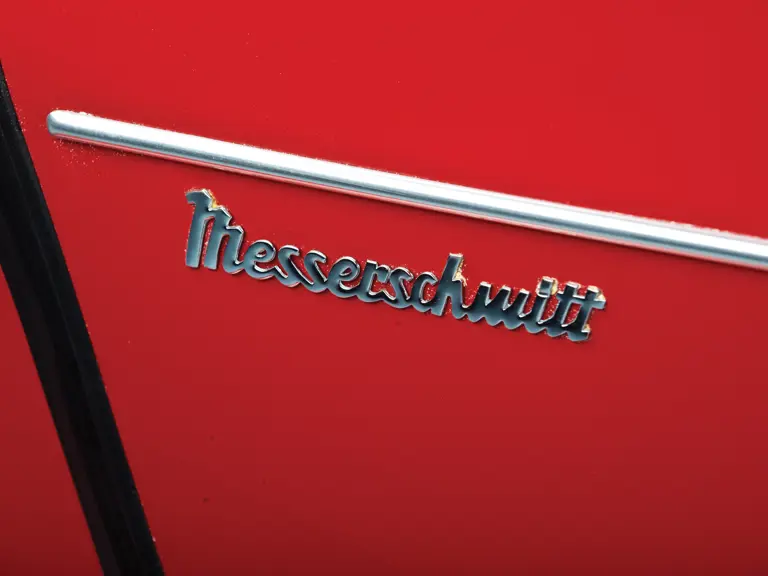
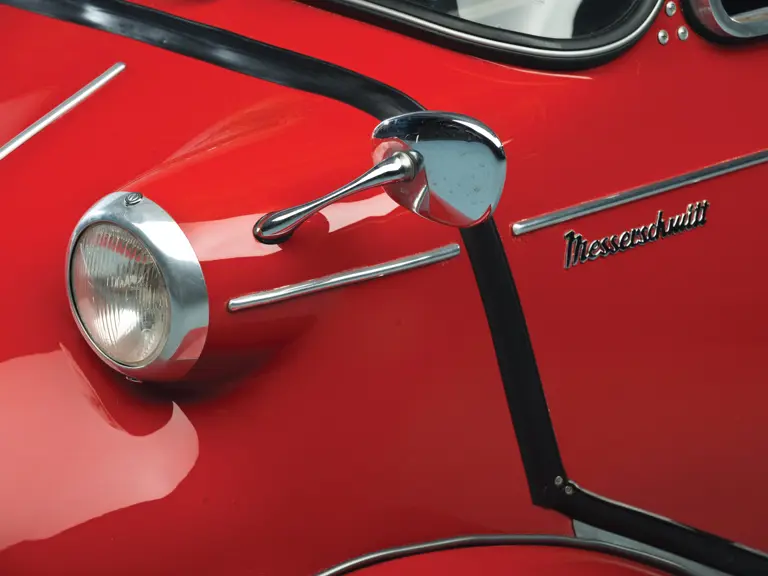
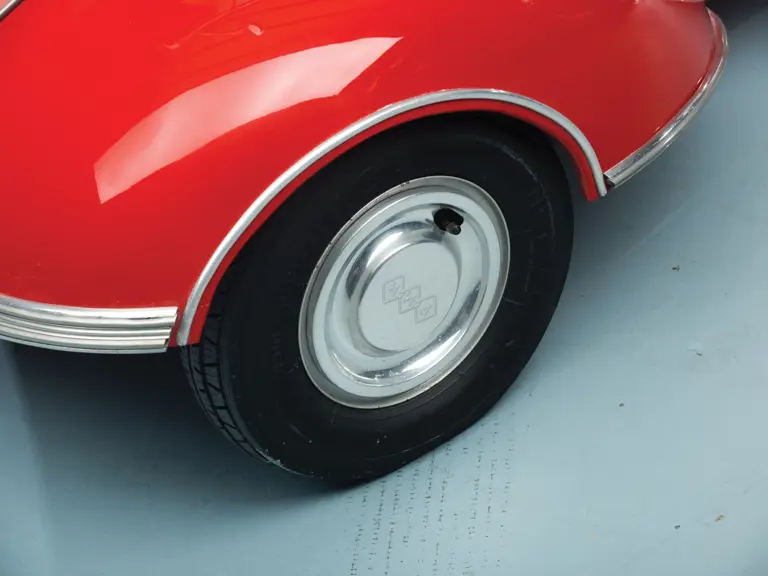
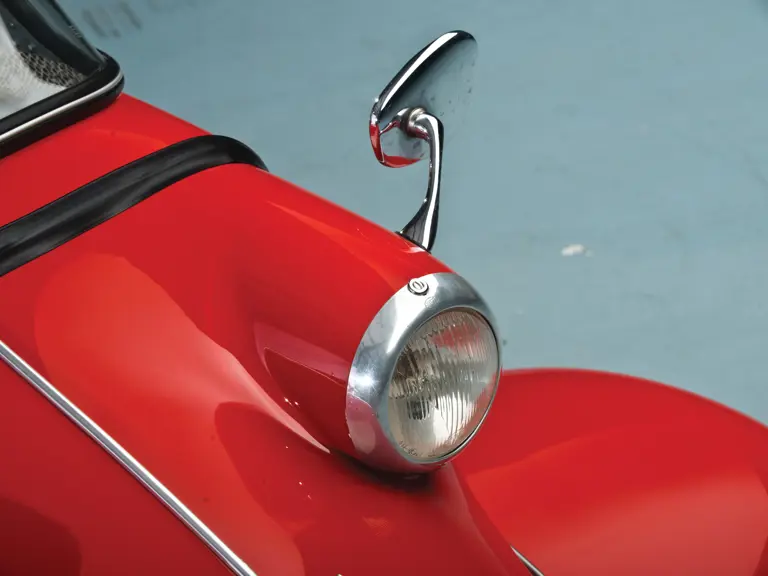
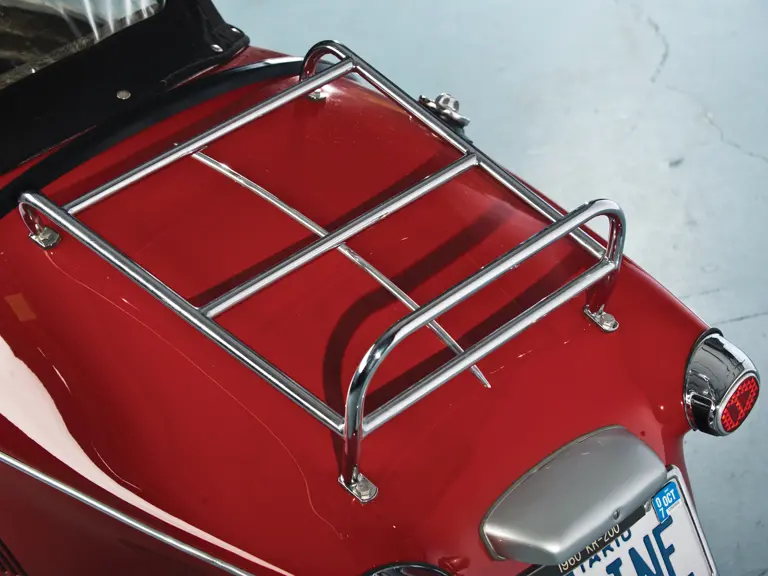
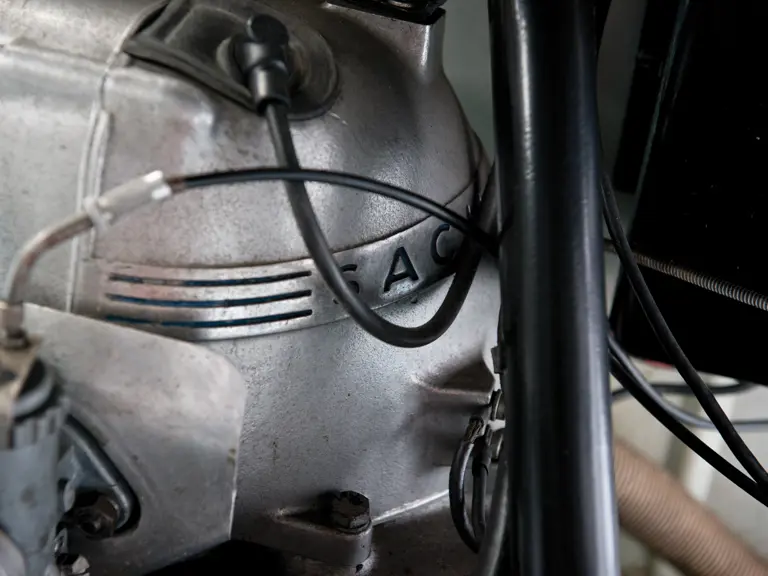
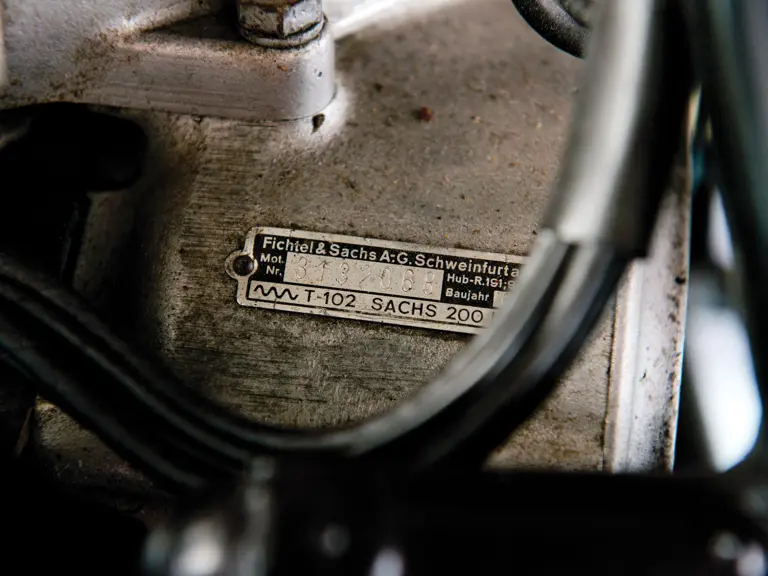
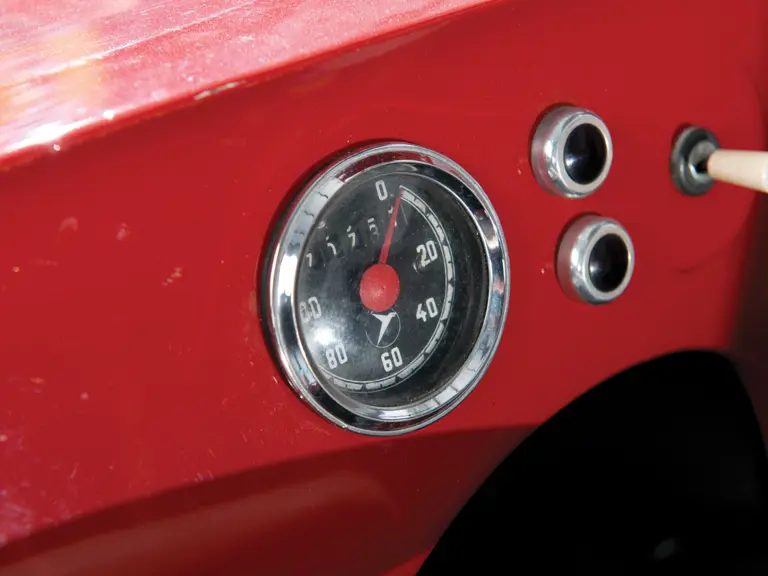
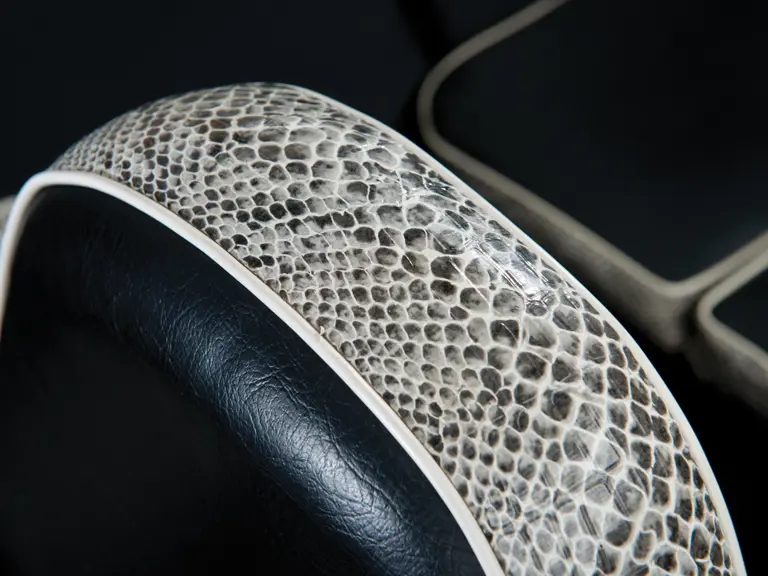
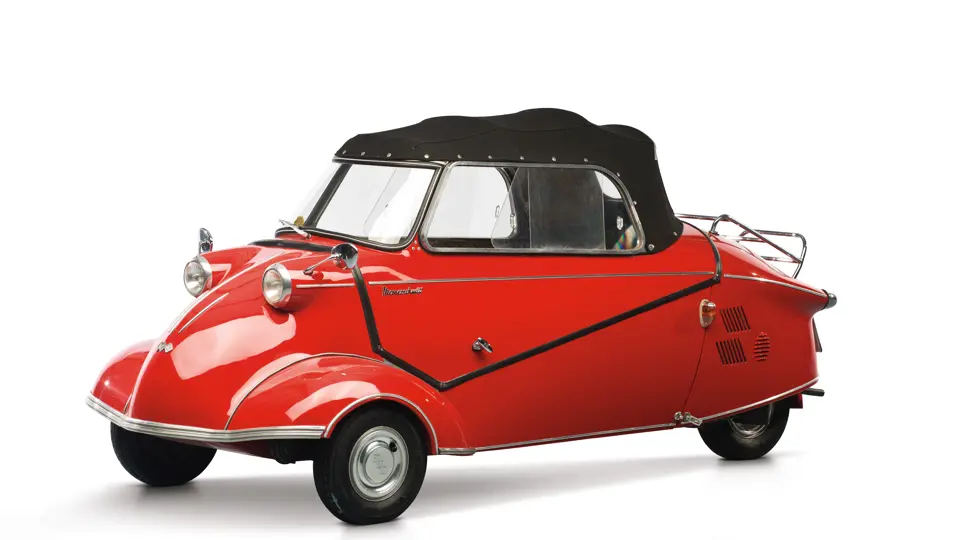
 | Madison, Georgia
| Madison, Georgia
